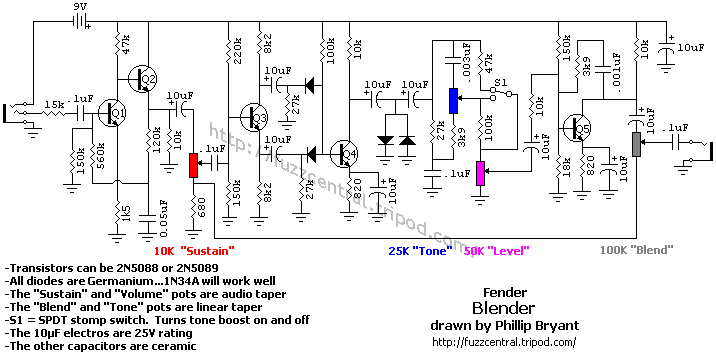Welcome GuestShow/Hide Header |
|---|
Welcome Guest, posting in this forum requires registration. |
|
|
Forum » Gear » Effects » Can we save the Fender Blender?
| Pages: [1] 2 |
 Author Author |
Topic: Can we save the Fender Blender? |
|---|
| Thecoslar |
|
|||||||
| joe |
|
|||||||
| Thecoslar |
|
|||||||
| Digital- Larry |
|
|||||||
| Thecoslar |
|
|||||||
| Digital- Larry |
|
|||||||
| Thecoslar |
|
|||||||
| Digital- Larry |
|
|||||||
| Thecoslar |
|
|||||||
| Digital- Larry |
|
|||||||
| Pages: [1] 2 |
Version: 1.0.34 ; Page loaded in: 0.073 seconds.
 Can we save the Fender Blender?
Can we save the Fender Blender?

